10 Romantic Encounters That Started Like a Dream but Ended Like a Nightmare

Somewhere near California, there’s a curious place with over 5,200 underwater holes located right on the seafloor. No one was bothered much about them, — those holes were known to the maritime community and weren’t a big deal. Everyone just thought it was due to underground gas. However, back in 2019, the seafloor was investigated with a robot, and guess what — no gas was found there.
They did find something, though. It turned out that 15,000 more holes appeared on the seafloor. Some scientists claim those were fish that had dug those holes. Seems like they just kicked up dust to accommodate themselves, and the dust was simply washed away by the currents. Right, some fish did live in those holes, but most of them were vacant. So, the mystery is yet to be solved!
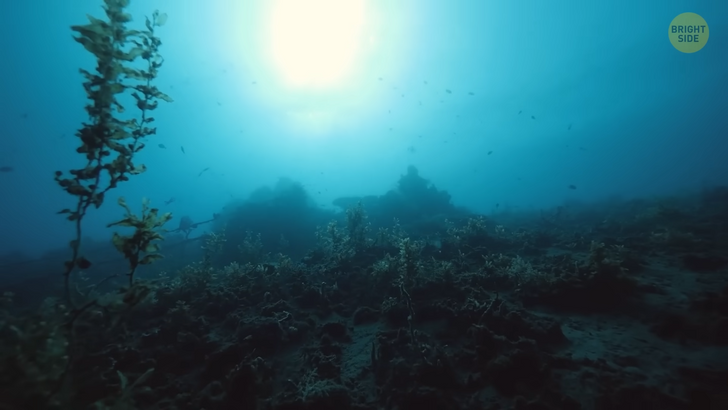
There are at least 35 singing deserts in the world, and yeah, it seems they’re more talented than many people out there. Such deserts can be found in California, China, all over the African continent, and even in Qatar.
Their chants sound like a bazillion of bees buzzing together, and if you wanna check it out, you don’t need to book a flight — just look for some playlists on YouTube. Scientists are still sorta baffled about the origin of those chants, but there’s a theory explaining how it happens.
So, sand has lots of grains, and all of them are of different sizes. When they’re carried away by the wind, all grains produce different sounds, depending on their size. All these grains combined together form this sort of sandy choir. Now if we could just get them to sing Beach Boy Songs... That would be something.
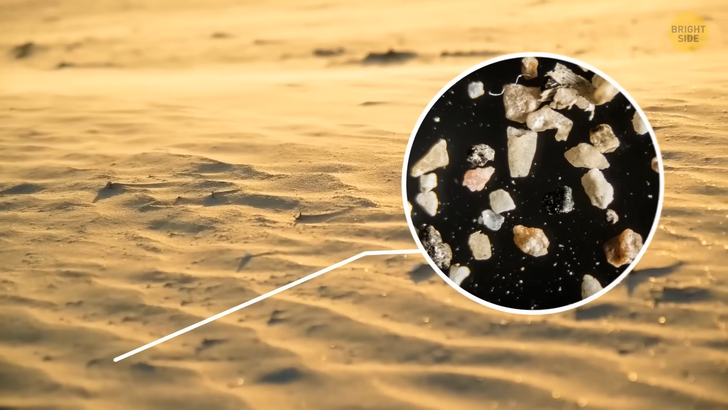
In Utah, in the middle of the desert, there are striped ponds that seem to be something from another world. The color gets even more dramatic contrasting with the red Moab Desert. The ponds have those stripes because of the evaporation: the more water there is, the more vibrant the blue shades appear.
The electric-blue color is artificial, though: people add cobalt blue dye, so the water absorbs more sunlight and evaporates faster. As the water disappears, crystals of salt and potassium are left behind, which are gathered later for chemical production. I think it should be obvious, but you don’t wanna swim in there.
Now, what about moonbows? If it’s the first time you hear this word, let me explain to you what it is. A moonbow looks like a rainbow, but it’s visible at night and it circles the Moon. You can see those bright arches when there are some water droplets in the night sky that reflect the light. Yeah, this is not a mystery and can be explained, but look how cool it is!
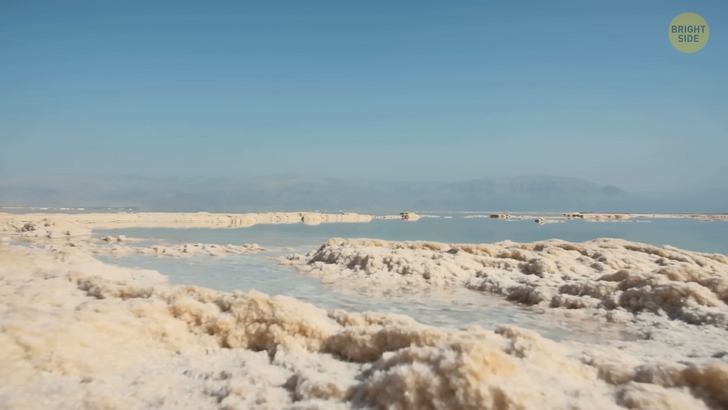
Chocolate Hills, yummy! The name is explained by colors: those hills in the Philippines have a range of brown and green colors (have you seen green chocolate though?). This spot has such a sweet nickname because the foliage gets brownish in the dry season. The hills’ shape is so regular that it’s often mistaken for being artificial. Still, these are just some uplifted coral deposits, that appeared because of rainwater.
If perfection is something you’re after, head to Northern Ireland. The place called The Giant’s Causeway has no extraordinary waters, but the surrounding stones and columns look so smooth and impeccable that it’s kinda hard to believe they were created by nature. All those cracks were formed thanks to a volcanic eruption, but the legend has it the sight was made by a mythical giant named Finn McCool. He must’ve been really cool.
In Turkey, there’s a spectacular sight called Pamukkale [pa-MOO-kuh-lei], which means cotton castle in English. Again, legend has it that the giants had something to do with it. This time, they left some cotton there to dry, and it later turned into those stunning formations. Scientists kinda disagree with it and claim it’s all about minerals left by the thermal waters. It’s up to you who to believe, but there’s one thing no one can doubt: this place with turquoise thermal water has no look-alike in the world. If you ever pop into this place, don’t miss a chance to take a look at the ancient Roman ruins left there.
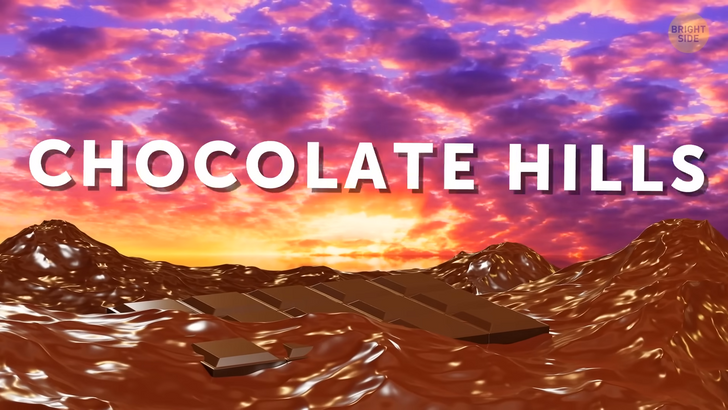
Just imagine a beach of ketchup spilled for miles and miles and a never-ending portion of French fries... Ok, it’s just a dream, but a ketchup-red beach exists in real life in China. It’s called Panjin [pun-JEEN] and it’s at least 18 miles long. Usually, either giants or algae are responsible for such phenomena, this time, these are algae. They turn red in the fall and make this beach one of the best world spots. Good news: it’s open to the public, but only a small section of it. And hey, where are the fries?!
In some places, water may look like glass. White salt ponds look like windows or even portals to the world underneath. They have their looks because of salt evaporation, and such lakes can be found in France and India. But Cargill Salt Ponds near San Francisco look even crazier because of the vibrant colors. The shades vary: it can be deep blue, grass green, orange, crimson, vermilion, and even magenta. The color difference is all about different levels of salinity and tiny microorganisms living in those ponds.
Fairy rings, also known as elf rings or pixie rings, are enigmatic rings of mushrooms that appear in grasslands and forested areas. Scientists can’t explain why these fungi can form nearly perfect circles. But the superstition claims that fairy dances would burn the ground causing mushrooms’ rapid growth. In fact, it’s partly true: the mushrooms grow in places where grass withered.
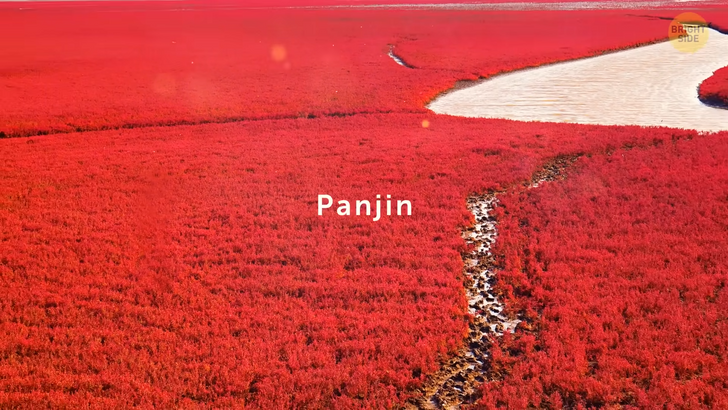
If you ever travel to the Mekong River, you’ll probably have a chance to see glowing balls rising up from the water and beelining up straight into the air. The locals call these “the Naga fireballs”. Sizes may vary, so these reddish balls can be as tiny as a cherry and as large as a watermelon. During the night, you can see dozens and sometimes even thousands of fireballs.
Scientists don’t have any solid explanation for why it happens, but it’s probably flammable gas released by the marshy environment. Still, a local superstition claims it’s all because of a giant serpent living in the Mekong... who is, I’m assuming, emitting gas. Or not.
There’s a bright red lake in Tanzania called Natron, and it seems serene and peaceful. But don’t be fooled: the shallow waters of this place are so alkaline they burn like sulfuric acid. Any living being that’s not adapted to such conditions is doomed. If you just want to see it, you won’t be there too long — the odor of hydrogen sulfide as it evaporates is unbearable. In other words, it’s a very stinky lake.
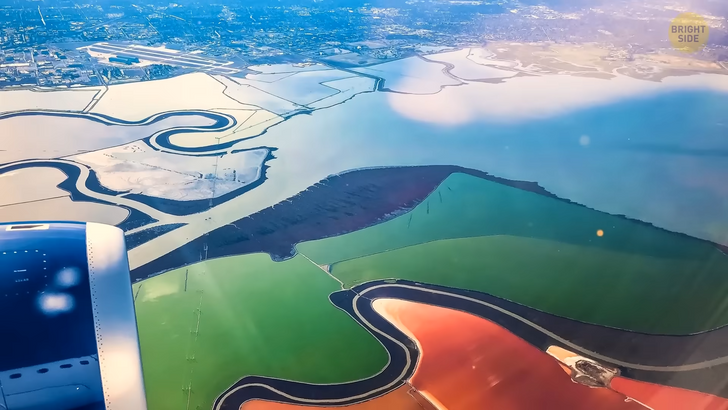
Those who live in colder climates probably won’t be surprised about this one. But if you’re somewhere closer to the Equator, I bet you’ve never seen this one before. There are light pillars, and when you look at them, it seems to you that these are some magic light beams striking down from the skies. It’s all about ice crystals in the air: light reflects off them, resulting in this enchanting phenomenon. But this may only happen in a cold place, duh, ice crystals in the air only exist there.
Gippsland Lakes, Australia, can glow at night. Bacteria get agitated in water when the algae bloom, and their movements give that bioluminescent effect. Still, the beauty of red algae bloom is extremely misleading. Red algae contain high levels of ammonia, so think twice before diving in. It’s safer to enjoy the scenery on the shore.
Just a tip: you should preferably do that with your nose closed, the decaying algae don’t smell like roses. Hey, Stinky Lake Two! I wonder if there’s a competition with Natron Lake over who’s got the nastiest stench? Stay tuned to this channel...
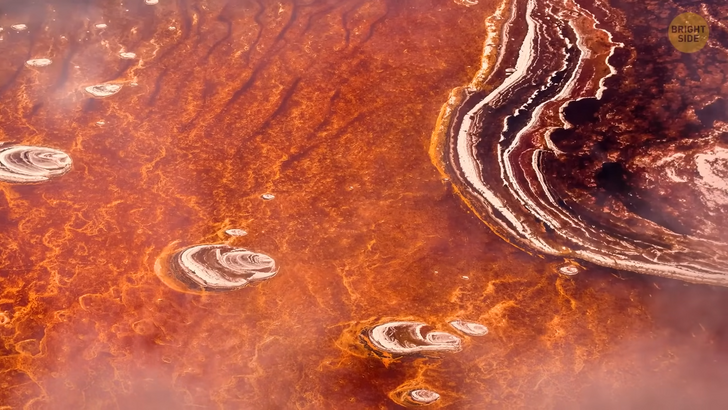
Finally, some things are unexplained natural phenomena, but some of them look phenomenal, yet they can be easily explained. Meet Fly Geyser in Black Rock Desert, Nevada. An energy company was drilling the soil in search of geothermal water. It wasn’t hot enough though, so they abandoned the place. A geothermal source was accidentally penetrated back then, so today it’s a scalding fountain coloring the rocks around it red and green. Let’s play a guessing game: why are the rocks now colored?
— it was a random giant walking around who painted them;
— it’s the thermophilic algae.
Right. It’s all about algae again. Wait a minute— Fly Geyser. Have you ever seen a geyser fly?











